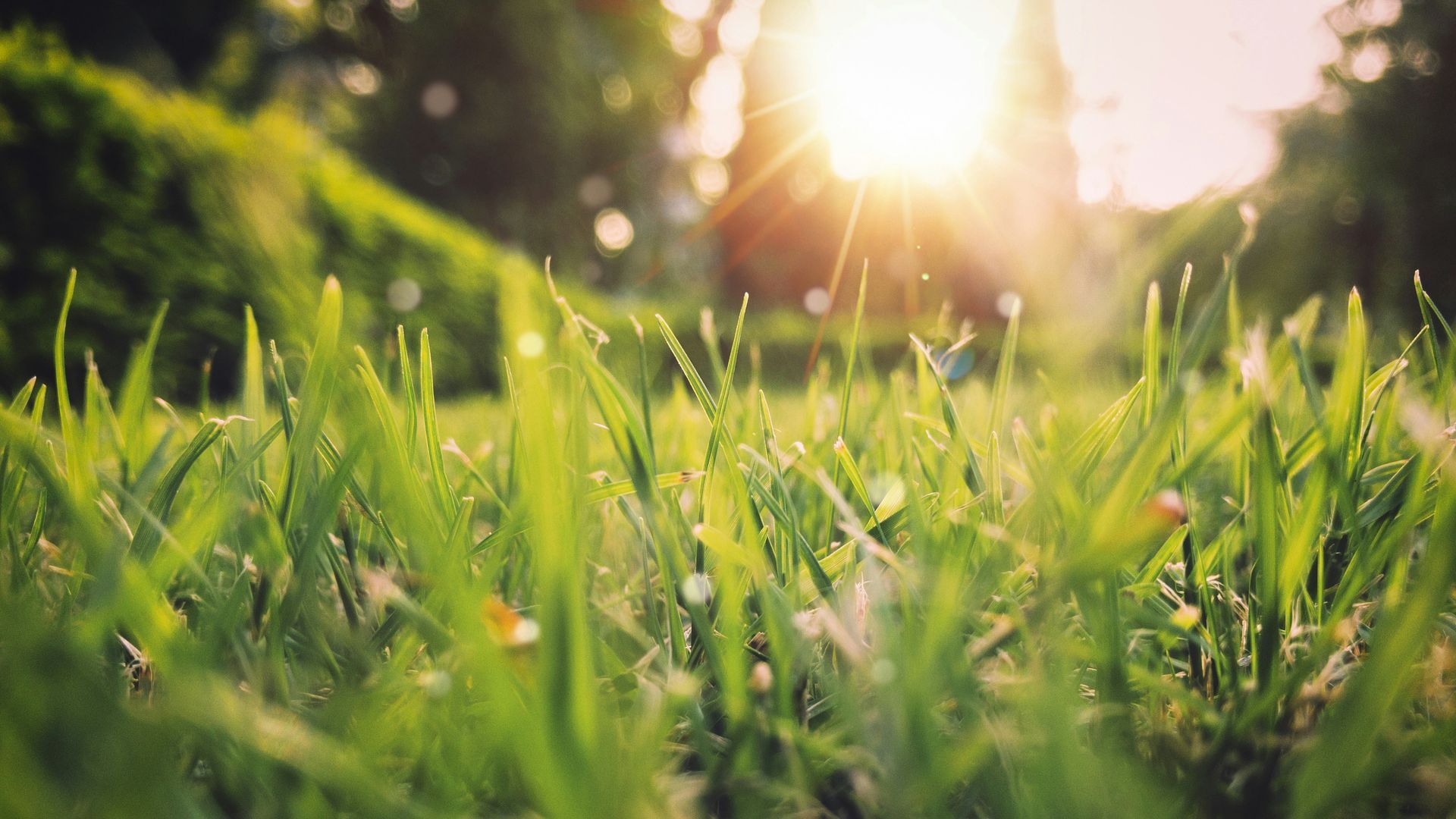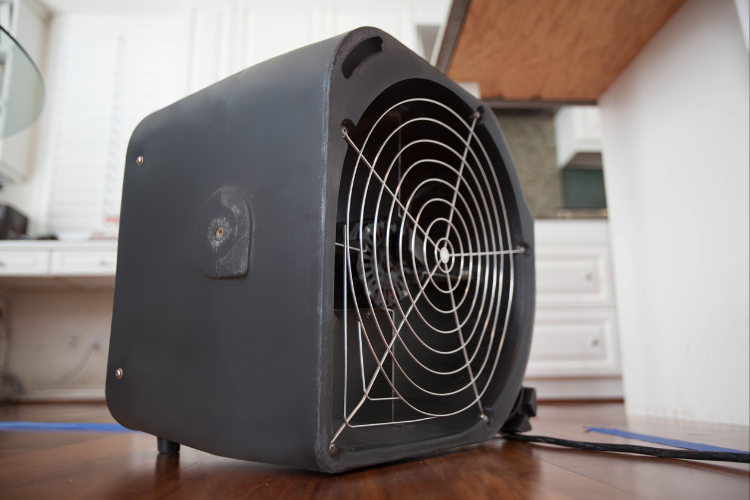
Water damage can wreak havoc on your home, leaving behind a trail of destruction that requires careful and thorough cleanup. One of the most crucial steps in the restoration process is the removal and disposal of water-damaged materials. Here are some best practices to ensure a safe and effective cleanup.
Assess the Damage
Before you begin the removal process, assess the extent of the damage. Identify which materials are salvageable and which need to be discarded. This step is crucial for planning your cleanup and avoiding unnecessary disposal.
Safety First
Water-damaged materials can harbor mold, bacteria, and other contaminants. Wear protective gear such as gloves, masks, and goggles to protect yourself from potential health hazards. Ensure the area is well-ventilated, and consider using air purifiers to improve air quality.
Prioritize Removal
Start by removing the most heavily damaged materials first. Items like carpets, drywall, insulation, and upholstered furniture often absorb a significant amount of water and should be prioritized. These materials can quickly become breeding grounds for mold if not promptly removed.
Proper Disposal
Dispose of water-damaged materials according to local regulations. Many municipalities have specific guidelines for disposing of contaminated materials. Contact your local waste management authority to learn about proper disposal methods for items like drywall, insulation, and carpeting.
Salvageable Items
For items that can be salvaged, such as certain types of furniture or personal belongings, dry them thoroughly and disinfect them to prevent mold growth. Use fans, dehumidifiers, and specialized drying equipment to speed up the drying process.
Dry the Area Completely
Once all damaged materials have been removed, focus on drying out the affected area completely. This step is essential to prevent further damage and inhibit mold growth. Use industrial-grade fans, dehumidifiers, and heaters to ensure the area is completely dry.
Monitor for Mold
Even after thorough cleanup and drying, monitor the area for signs of mold. Mold can develop within 24-48 hours of water exposure, so it’s crucial to remain vigilant. If you notice any mold growth, address it immediately to prevent it from spreading.
Seek Professional Help
Water damage restoration can be a daunting task, especially if the damage is extensive. Consider hiring professionals who specialize in water damage restoration. They have the expertise, equipment, and experience to handle the cleanup process efficiently and safely.
Contact Superior Cleaning & Restoration
If you are not willing to tackle the task alone,
Superior Cleaning & Restoration can be your partner during the repairs. Our professionals are equipped to handle all water damage restoration needs, so don’t hesitate to contact us! Give us a call at (715) 768-6030 or submit our
online form.



